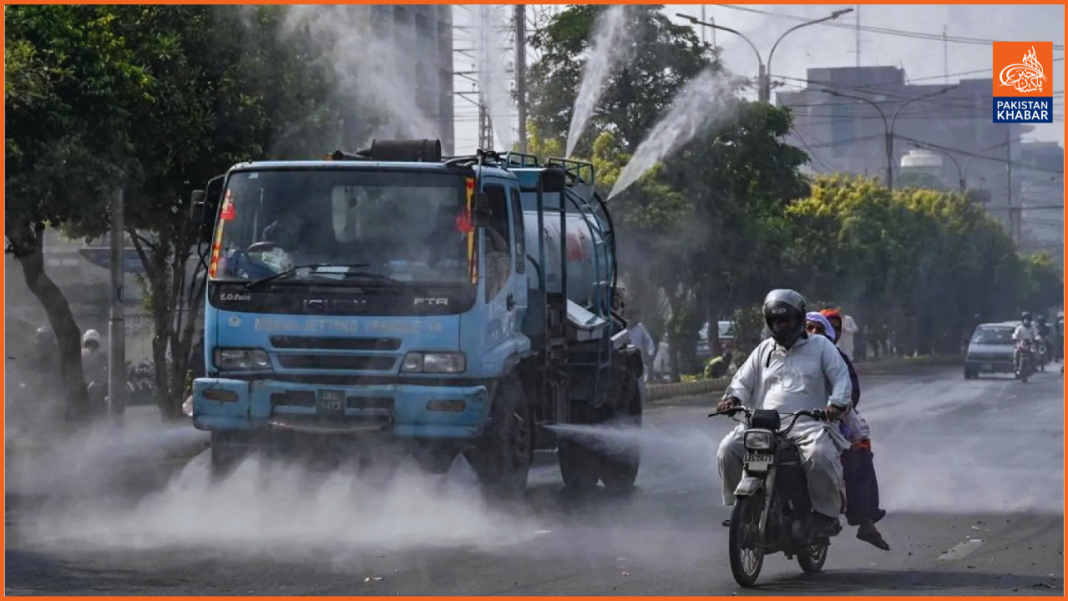Lahore remains the world’s most polluted city, grappling with persistent smog and a hazardous air quality index (AQI) of 303, which poses serious health risks to its residents.
Other Pakistani cities, including Multan (AQI 268), Peshawar (230), and Karachi (215), are also facing hazardous air quality levels. The arrival of winter has worsened the air pollution in Punjab, with particulate matter levels far exceeding the World Health Organization’s safe limits.
The smog in Lahore, a harmful combination of fog and pollutants, is caused by factors such as low-grade diesel emissions, crop burning, and dropping temperatures that trap pollutants near the ground.
To address the crisis, authorities have taken steps such as closing schools and imposing restrictions on business hours to reduce public exposure to the toxic air. However, the deteriorating air quality continues to be a major challenge, with severe health consequences for the population.




